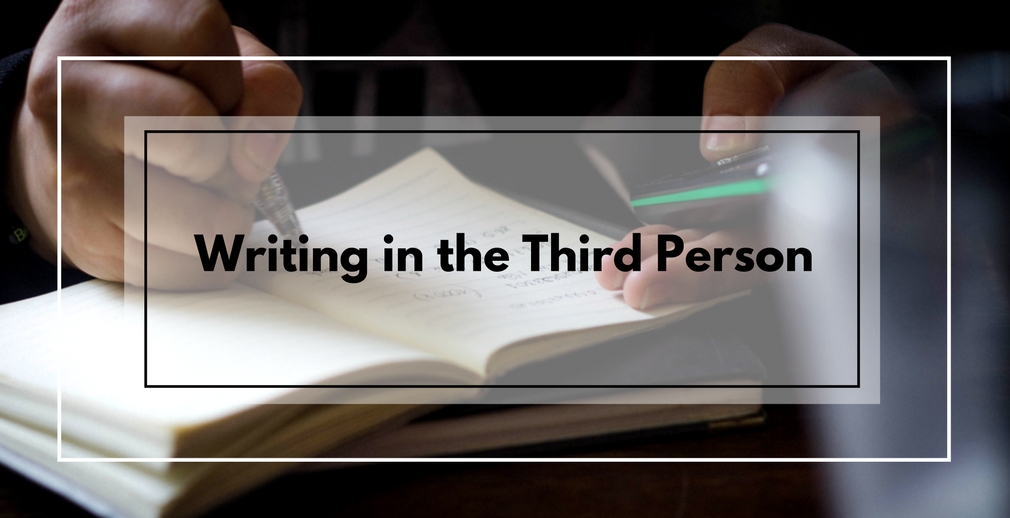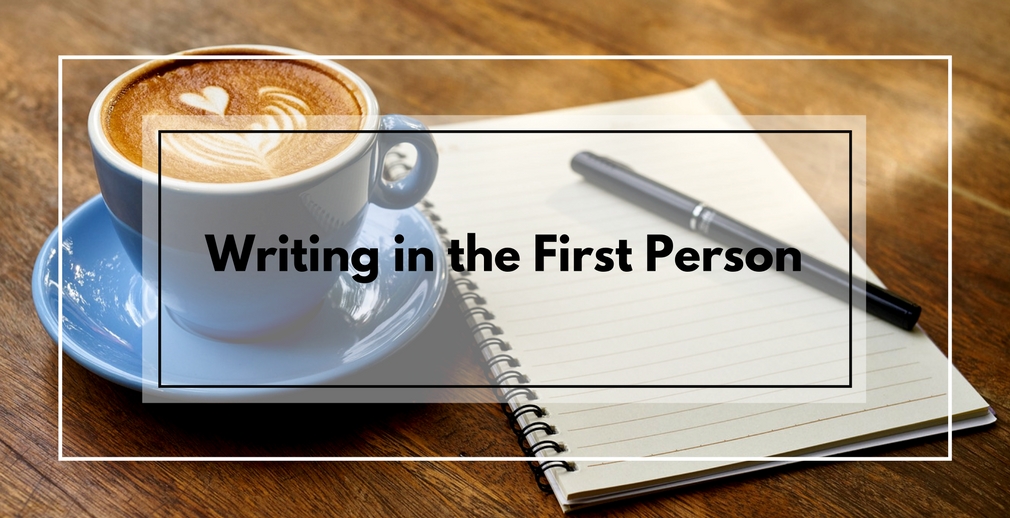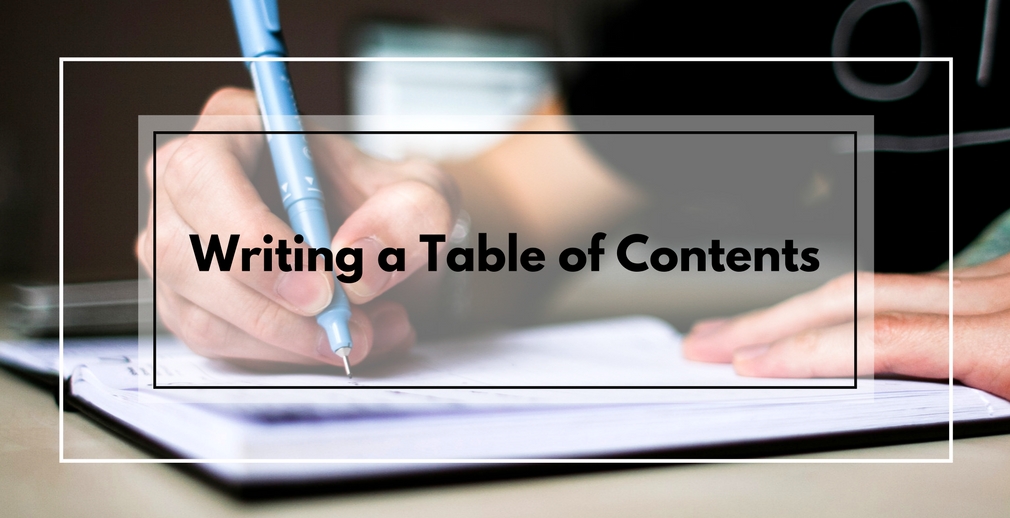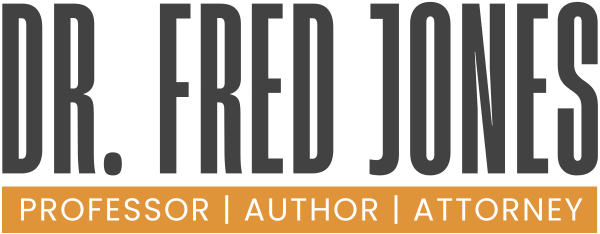
by Dr. Fred Jones | Sep 5, 2017 | Self-Publishing
Your Family Is Important Tell their Story Make it Personal Computer programs allow you to create beautiful family trees, charts, and group sheets. Don’t just organize them from your earliest ancestor to your present-day families. Print them...

by Dr. Fred Jones | Aug 29, 2017 | Self-Publishing
Multiple Perspectives Broader Character Choice All-knowing Information Most academic writing is written in the third person point of view to remain objective. Biographies also use the third person perspective. In contrast, using the third person perspective...

by Dr. Fred Jones | Aug 22, 2017 | Self-Publishing
Point of View Perspective Me, Myself, and I Each person or character in your book will have a different perspective–a point of view. The first-person point of view is used primarily for autobiographical writing, such as a personal...

by Dr. Fred Jones | Aug 15, 2017 | Self-Publishing
Thanks for the Memories Who, Where, and Why? Record if Possible When writing a family history, a good interview will yield memories and new information. An interview with an expert can give credence to your how-to or self-help book. Good,...

by Dr. Fred Jones | Aug 8, 2017 | Self-Publishing
Establish Credibility and Professionalism Identify and Define Properly presenting the parts of book imparts credibility and professionalism to your book. A book is divided into three parts: the front matter, the body, and the back matter. Writing...

by Dr. Fred Jones | Aug 1, 2017 | Self-Publishing
Create Your Template A Readers’ Guide Marketing Tool A Table of Contents in a book creates a navigation tool for the reader. A traditional publisher will require one. Readers also judge your book by your Table of Contents. Amazon...







